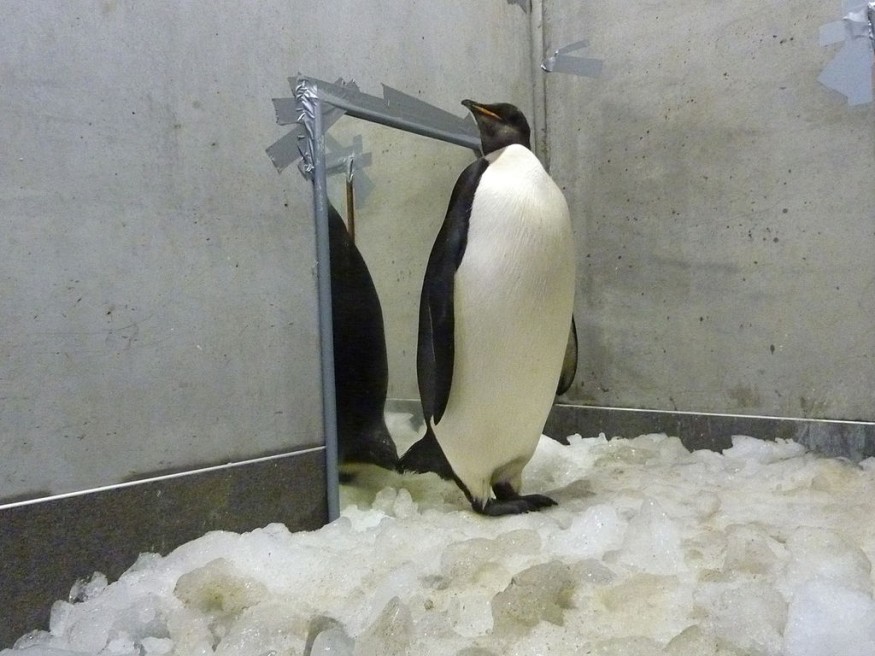Emperor penguin populations in the world's frozen continent are threatened due to climate change and global warming. Now, the world's largest penguins join the threatened species list, according to an official declaration by the U.S. Fish & Wildlife Service (USFWS) on Tuesday, October 25. With this, scientists fear that emperor penguins can become endangered and face the brink of extinction soon.
For decades, scientists have warned that the melting glaciers and ice in Antarctica due to a warming planet are causing not only climate crisis and global sea level rise, but also habitat loss for emperor penguins, a flightless seabird only endemic to Antarctica. The penguins are known for their reliance on fast ice, a floating platform on a frozen ocean, to breed and raise their younglings.
Conservationists warn such population decline can be imminent unless swift measures or concrete actions are taken. While global measures are currently being taken, including the United Nations-led Paris Climate Agreement, recent reports this year suggest the world is not meeting the Paris Treaty's objective of reducing the global temperature of Earth to 1.5 degrees Celsius.
Threatened Species List Declaration

The declaration serves as an alarm bell and a wake up call after the USFWS found that there is a growing threat against penguin populace. Under this circumstance, the US wildlife agency places the emperor penguin (Aptenodytes forsteri) in protection under the Endangered Species Act (ESA). This will also allow legal repercussions when it comes to harming the species.
The ESA provides a program for the conservation of both threatened and endangered animals, plants, and the habitats where they live in, according to the United States Environmental Protection Agency (EPA) In the case of A. forsteri, the USFWS said emperor penguins are listed as a threatened species which includes a section 4(d) rule that allows the protections for the species.
Furthermore, the agency acknowledges that the climate change impact on sea-ice habitat, where the said birds spends majority of their life, is the main threat to the penguin population. USFWS Director Martha Williams stated the list reflects the growing extinction crisis, emphasizing the importance of the ESA and efforts associated with it to conserve species before it becomes too late.
Emperor Penguins Endangered
Live Science mentioned of a study published last year which found that up to 70% of emperor penguin colonies in Antarctica could be extinct by the year 2050, if sea ice loss continues. In addition, around 98% of colonies could disappear by the year 2100. When this transpire, scientists believe the penguin species will be unable to rebound.
In addition to the loss of sea ice, the warming temperatures could also kill the prey of emperor penguins such as the Antarctic silverfish and other fish species, leaving the penguins without food supply and will result in starvation and death.
The said "harrowing findings" that prompted the USFWS to propose the protection of the emperor penguins under the ESA.
There are currently around 61 breeding colonies of emperor penguins along the Antarctica coastline, which includes approximately 270,000 to 280,000 breeding pairs, according to the USFWS.
Related Article : Time is Running Out for the Beloved Emperor Penguin
© 2025 NatureWorldNews.com All rights reserved. Do not reproduce without permission.





